Rotating resonator creates a one-way street for light
29 Jun 2018
An optical device that uses mechanical rotation to allow light to propagate in one direction along a fibre, but not in the opposite direction has been built by an international team of researchers. The device could find use in optical circuits, where it is very difficult to prevent light from propagating in unwanted directions. However, practical applications may be difficult to achieve.
The idea of using mechanical rotation to allow waves to travel in one direction, but not in the opposite direction, was first developed in 2014 by Andrea Alú and colleagues at the University of Texas at Austin. They placed a fluid into a circular cavity and stirred it so the fluid rotated. Sound waves travelling around the cavity in one direction were pushed along by the fluid, whereas waves travelling in the opposite direction were held back. As a result, the resonant frequency of the cavity was different for sound moving in opposite directions. By judiciously choosing the rotation speed of the fluid, the researchers could ensure that sound waves at a chosen frequency could only travel in one direction around the cavity.







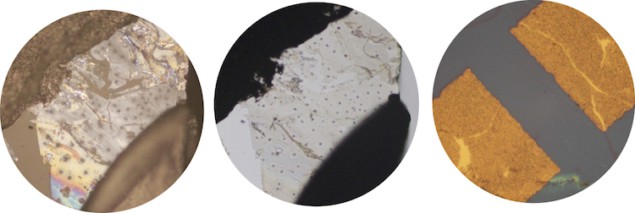


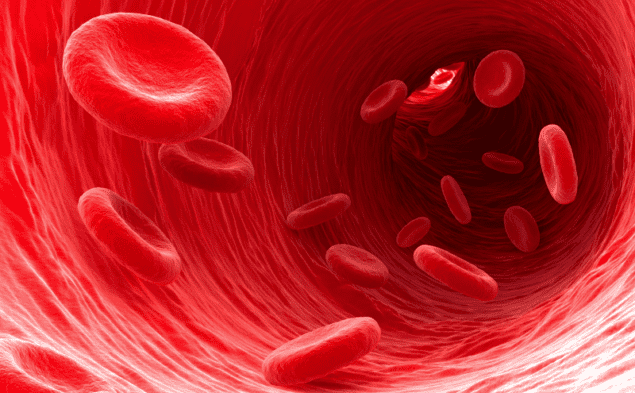
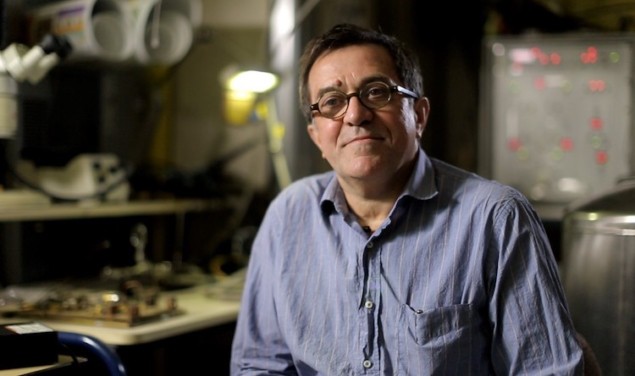
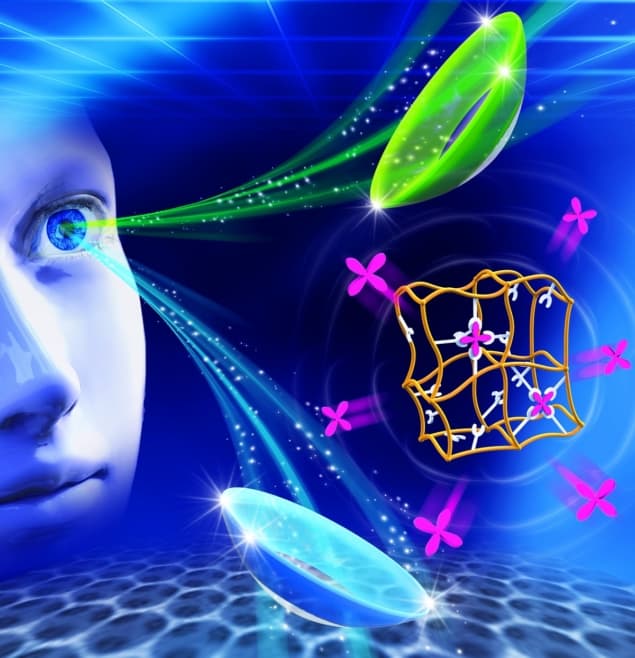





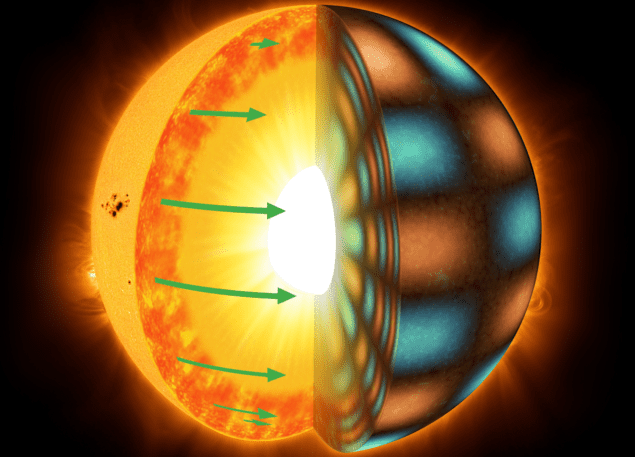



 Reservoir for disease: Catheters can harbour harmful micro-organisms, such as the yeast Candida albicans, shown in this scanning-electron micrograph. (Image courtesy: Dennis Kunkel Microscopy/Science Photo Library)
Reservoir for disease: Catheters can harbour harmful micro-organisms, such as the yeast Candida albicans, shown in this scanning-electron micrograph. (Image courtesy: Dennis Kunkel Microscopy/Science Photo Library)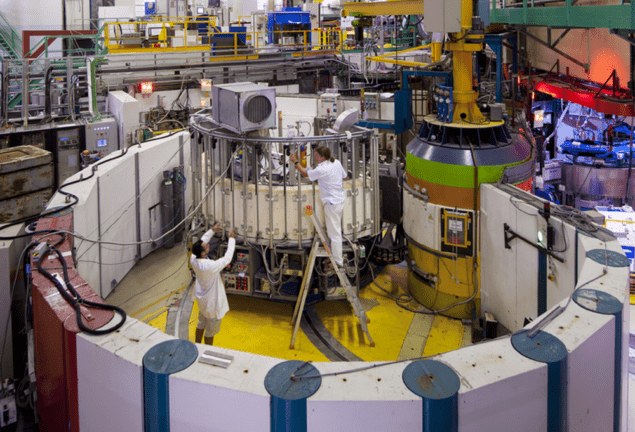
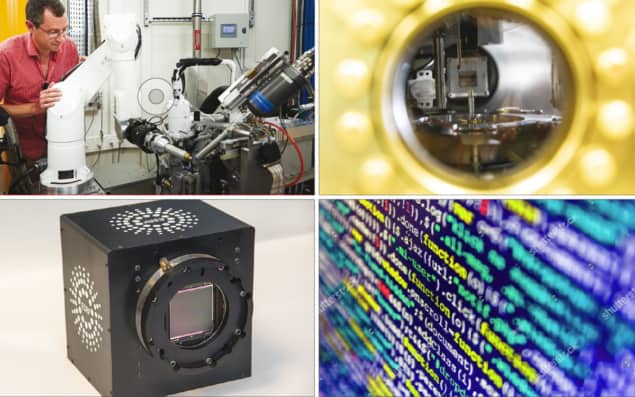

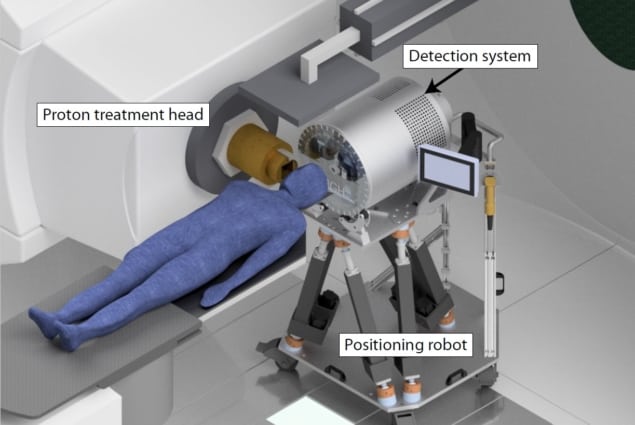
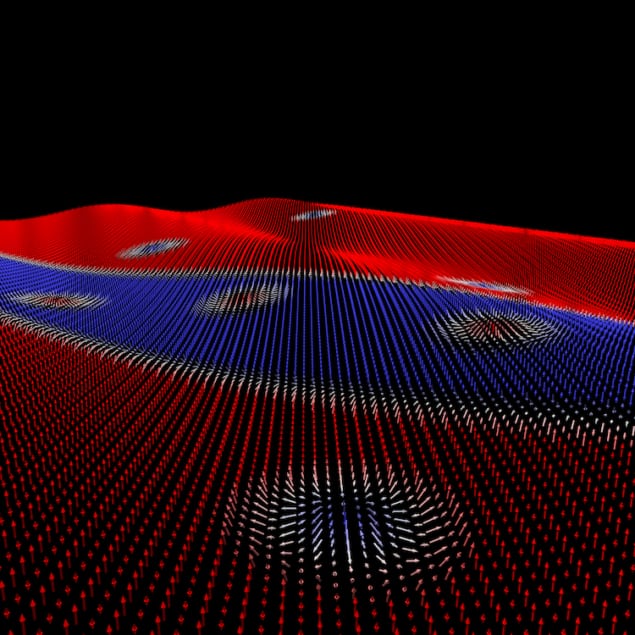 Meandering domain walls and skyrmions in ferrimagnetic thin film
Meandering domain walls and skyrmions in ferrimagnetic thin film


 Reaching a consensus: a large section of both US Republicans and Democrats agree that climate change is not only happening but is also caused by human activity. (Courtesy: iStock/clintspencer)
Reaching a consensus: a large section of both US Republicans and Democrats agree that climate change is not only happening but is also caused by human activity. (Courtesy: iStock/clintspencer)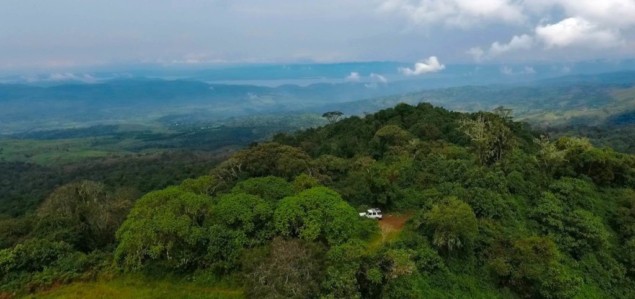 Left intact, forests like this in Africa are best for saving the climate. (Courtesy: By Forest Service, USDA, via Wikimedia Commons)
Left intact, forests like this in Africa are best for saving the climate. (Courtesy: By Forest Service, USDA, via Wikimedia Commons)